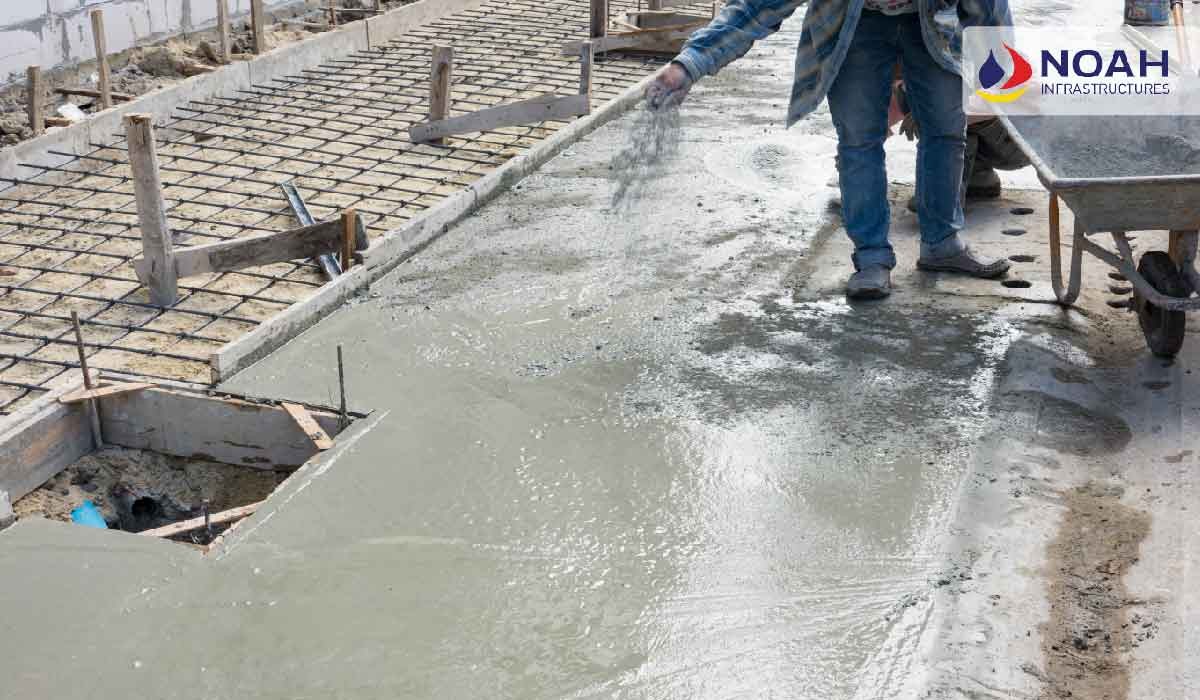Ultimate Guide to Concrete Repair Chemicals for Effective Renovation
Here We explore the essential concrete repair chemicals like epoxy, polymers, and more for efficient renovation and structural restoration. As we already saw some essential factors to keep in mind before renovating in our latest blog, this will be the continuation of that. Generally, building construction takes several steps to complete the task. Repairing and renovating are among the functions, as not every construction begins from scratch. Some need renovation or repair work for the existing structure. For such a repair process, we need many materials and chemicals. Some essential and fundamental chemicals are used in repairs.
Concrete Repair Chemicals:
Epoxy:
When mixed with hardener, we get epoxy resin used to seal things. It plays a significant role in repairing work because it is insoluble in water. It fills cracks in walls, doors, and ceramic ware. This resin’s remarkable strength and adhesive qualities give the substance longevity. It also acts as a corrosion inhibitor for steel. Its effectiveness is based on the time of mixture, application, etc.
Polymers and latex:
Many similar and smaller units (monomers) are bonded to form a polymer. The formation of many monomers creates polymers. Such a process is called polymerization. For example Nylon
There are some of the most commonly used polymers in concrete construction or renovation:
-
-
Styrene butadiene rubber (SBR)
-
Styrene acrylic ester (SAE) is derived from acrylic acid and resins.
-
Others
-
Acrylic Polymer:
The unique polymer derived from acrylic acid is an acrylic polymer. It serves as a great alternative to glass. It is used in windowpanes, bulletproof glass, building materials, greenhouse roofs, paints, communication equipment, machine parts, and other applications.
Polyester Resins:
Monomer units are linked by the COO group, which is used for manufacturing polyester resins to form polyester polymers.
Applications of repair chemicals:
Concrete repair:
These chemicals can be used to fill and reinforce the damaged areas and restore the structural integrity of the concrete. They are used to repair bridge cracks and spalls and other types of damage to concrete structures such as bridges, buildings, and roads.
Masonry repair:
To avoid repairs in masonry structures like brick walls and chimneys, chemicals can fill cracks and holes to prevent further damage.
Flooring repair:
To prevent further damage, we can use Concrete repair chemicals in floor repairs like holes and cracks. It fills damaged areas, creating a smooth and flawless surface.
Wood repairs:
Sometimes the wooden structures get damaged and require treatment to prevent further damage. It is used to fill holes and cracks and make them strong.
Roof repairs:
The roof is crucial to a building as it protects us from all extreme seasons. To fill leaks and holes, these chemicals are used.
Metal repair:
So far, we have seen the use of chemicals in building and wooden materials. Repair chemicals can repair damage to metal structures such as pipes, tanks, and machinery. The chemicals can be used to fill and reinforce the damaged areas, restoring the structural integrity of the metal.
Environmental impacts:
The environmental impact of repairing chemicals can vary depending on the type of chemical, its intended use, and how it is disposed of. Here are some potential environmental impacts to consider:
Emissions during manufacture:
Repairing chemicals generates greenhouse gas emissions and other pollutants as they are typically manufactured using energy-intensive processes.
Waste generation during application:
Repairing chemicals can generate waste during application, including unused material and packaging waste, because of improper garbage management, soil, water, and air pollution.
Health hazards during application:
Some repairing chemicals affect health by inhaling or through skin contact, as they are hazardous to humans if they are not appropriately handled.
Water pollution:
Repairing chemicals can be washed off during application or when exposed to rain and can enter waterways, potentially harming aquatic life and affecting water quality.
Air pollution:
Some repairing chemicals can release volatile organic compounds (VOCs) during application, contributing to air pollution and harming human health.
End-of-life disposal:
Repairing chemicals are no longer needed; however, they must be disposed of correctly to protect the environment. Some substances may be hazardous and require special handling to avoid pollution.
Choosing repair chemicals that are low in VOCs, non-toxic, and manufactured using sustainable practices is essential to minimize these environmental impacts. We should handle and dispose of such chemicals properly to avoid pollution. It is also necessary to consider alternative repair methods, such as using recycled materials or repairing instead of replacing damaged structures, which can help reduce the environmental impact of repairs. To effectively follow the points above, it is vital to hire the right contractors. Noah Infrastructures Pvt. Ltd., the top civil construction company in Chennai, is well-versed in selecting repair methods and chemicals that are environmentally and situational friendly and knows every tip in renovating your space.

